Science Visualized
-
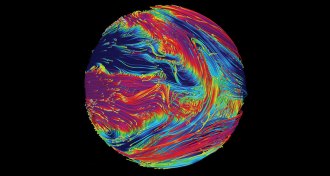 Astronomy
AstronomyMagnetism disrupts winds on ‘hot Jupiter’ exoplanet
Simulations of HAT-P 7b’s magnetic field give clues to why the exoplanet’s winds blow both east and west.
-
 Earth
EarthStunning images reveal glacial landscapes under the oceans
The most detailed atlas of the seafloor ever compiled offers colorful imagery and ghostly glimpses of Earth’s glacial past.
By Beth Geiger -
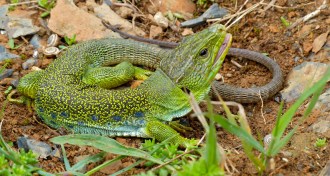 Animals
AnimalsThe scales of the ocellated lizard are surprisingly coordinated
The mazelike patterns of the ocellated lizard’s skin follow a set of rules from computer science.
-
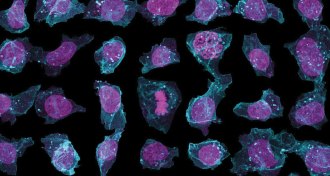 Life
LifeCells’ stunning complexity on display in a new online portal
A new online explorer tool from the Allen Institute for Cell Science shows 3-D models of cell interiors.
-
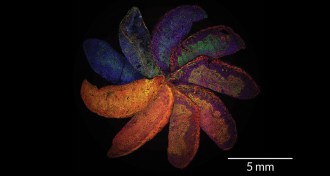 Animals
AnimalsColorful pinwheel puts a new spin on mouse pregnancy
Among the winners of the 2017 Wellcome Image Awards is a rainbow of mouse placentas that shows how a mother’s immune system affects placental development.
-
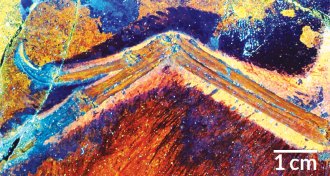 Paleontology
PaleontologyUnder lasers, a feathered dino shows some skin
Laser-stimulated fluorescence reveals detailed images of soft tissue in a feathered dinosaur from 160 million years ago.
-
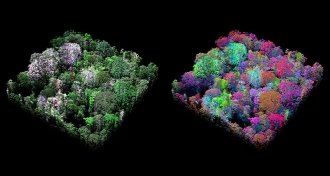 Ecosystems
EcosystemsMapping rainforest chemistry from the air reveals 36 types of forest
Aircraft analysis of tree chemicals reveals new biodiversity in the Peruvian rainforest.
-
 Astronomy
AstronomyObservers caught these stars going supernova
Thirty years ago, astronomers witnessed a nearby stellar explosion, but it wasn’t the first. Humanity has been recording local supernovas for nearly two millennia.
-
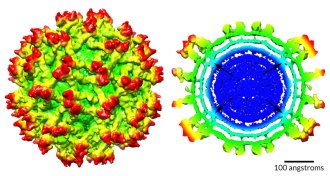 Life
LifeMap of Zika virus reveals how it shifts as it matures
A cryo-electron microscopy map of immature Zika virus offers a never-before-seen glimpse of remodeling of the virus’s protein and RNA core.
By Meghan Rosen -
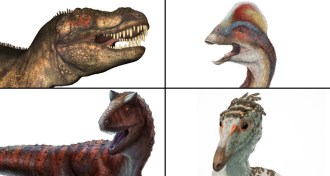 Paleontology
PaleontologyBony head ornaments signal some supersized dinosaurs
Bony headwear, like bumps and horns, is tied to bigger bodies in the theropod dinosaur family tree.
-
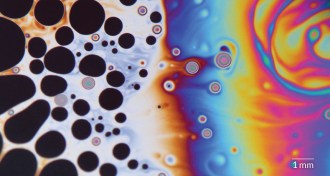 Life
LifeShimmering soap bubbles have a dark side
Merging dark spots are indicators that a bubble is about to burst.
-
 Tech
TechRise of reusable rockets signals a new age of spaceflight
Successful landings by SpaceX and Blue Origin raise the prospect of cheaper and more efficient spaceflight.